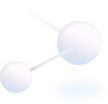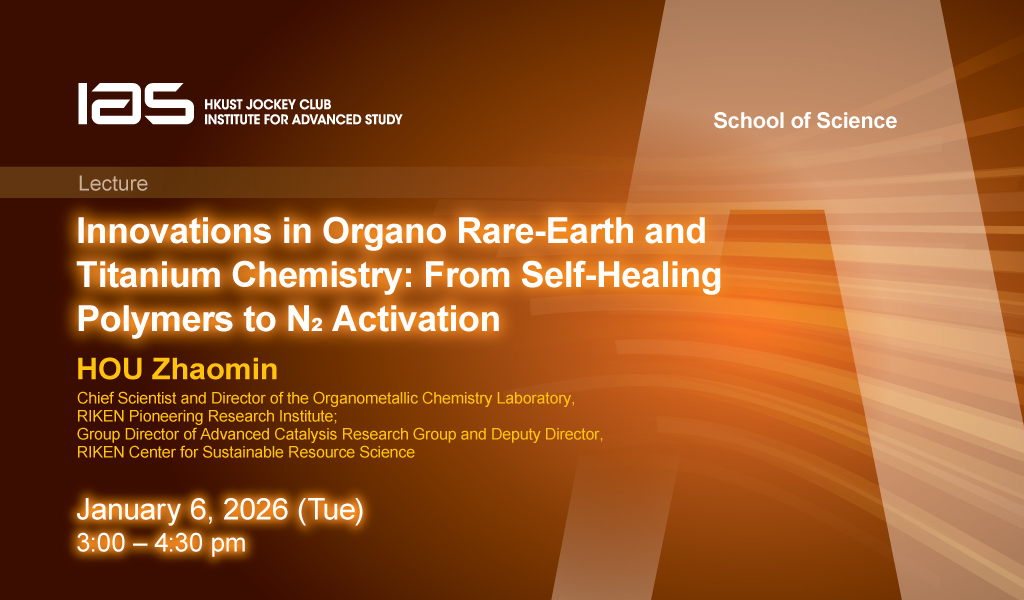With increasing annual fluxes of runoff and calved ice around Antarctica and Greenland, it is unclear how freshening of these coastal regions will affect primary production in the future ocean. By combining cruise water column observations, with remote sensing of chlorophyll and bioassay experiments we can however gain some insight into the links between liquid/solid ice sheet discharge and marine biogeochemistry. In addition to physical effects from icebergs and glaciers mixing the water column, the release of high sediment loads may negatively affect light availability or prove fatal to grazers. Conversely the release of trace metals associated with iceberg/glacier melt could have fertilizing effects on phytoplankton. By combining an extensive compilation of 500 ice meltwater samples for (micro)nutrient content with incubation experiments in the Western Antarctic Peninsula (WAP) and Greenland to test the response of phytoplankton communities to increasing freshwater and sediment, we aim to increase understanding of cryosphere-ocean linkages.
Whilst iceberg melt was consistently found to act as a modest source of (micro)nutrients, particularly the bioessential trace metals iron and manganese (mean concentrations 88 nM dFe, 29 nM dMn, 0.64 µM dSi), the response of primary producers in both Greenland and the WAP to increasing meltwater was limited suggesting trace metal concentrations were already replete in the water column. Furthermore, in the WAP a negative response was observed when salinity declined by more than 2 psu suggesting primary producers were poorly adapted to pulses of low salinity. Trace metal spikes similarly had limited effects corroborating the hypothesis that inshore waters around Greenland and Antarctica are (micro)nutrient replete. The addition of small to moderately high sediment loads in the WAP, up to 500 mg L-1, did however produce a positive effect on chlorophyll a, and notable shifts in bacteria and eukaryote abundances. Given the lack of response to trace metal additions, this points towards the multiple mechanisms via which suspended sediment affects ecosystem dynamics which may include hosting bacterial communities, a decrease in viral load, grazing suppression and shading in addition into moderating micronutrient availability.

Southern University of Science and Technology in Shenzhen
Please contact Julian Mak (jclmak@ust.hk)


